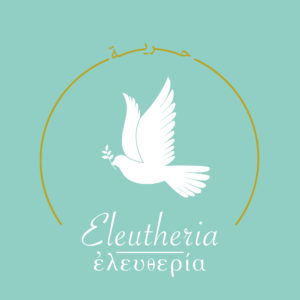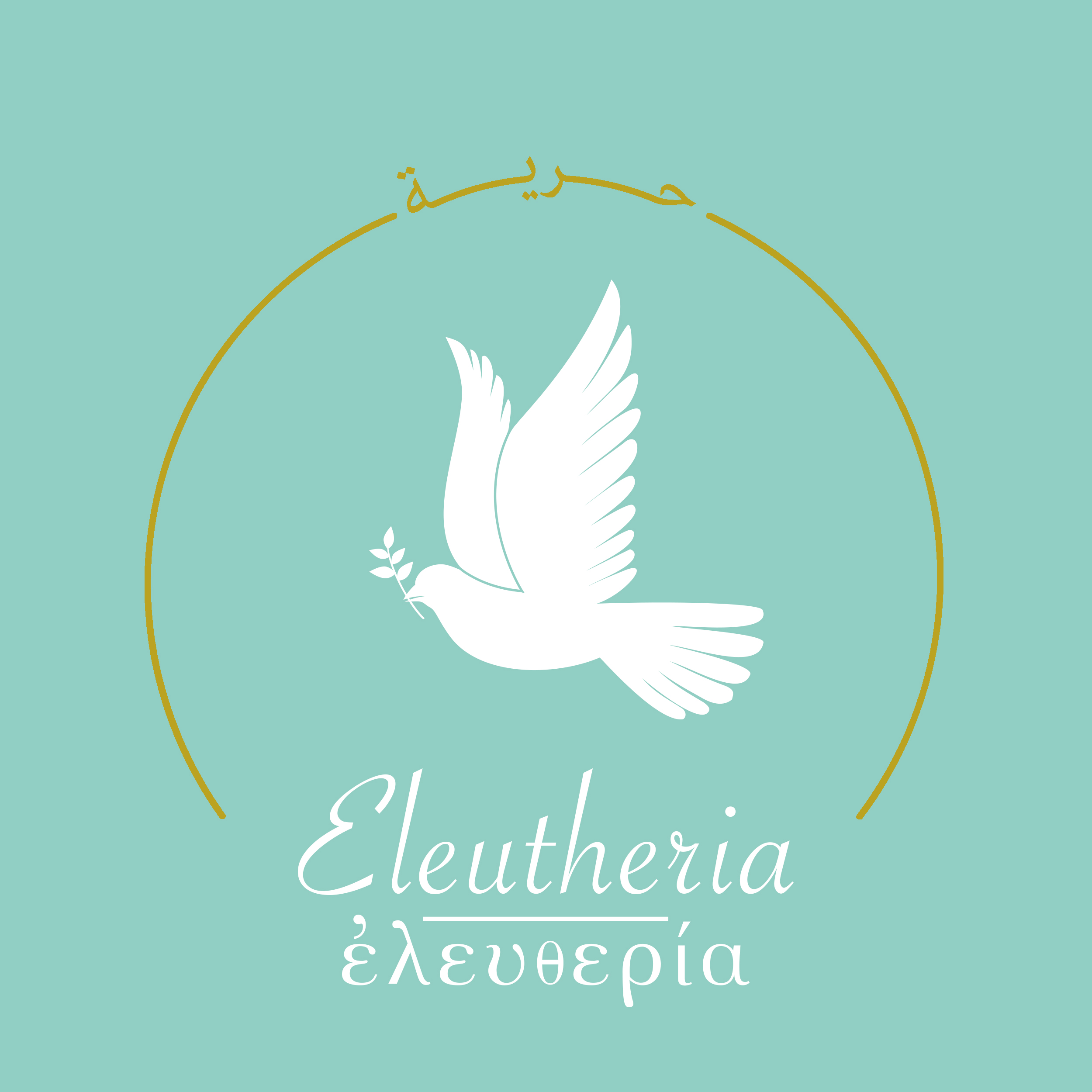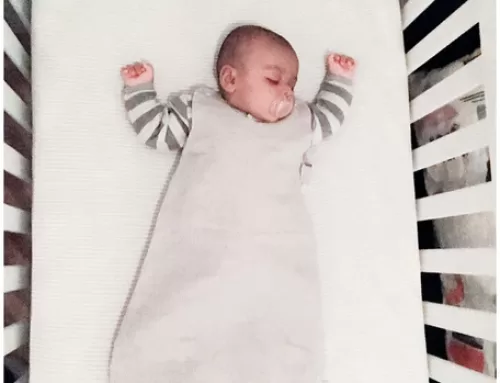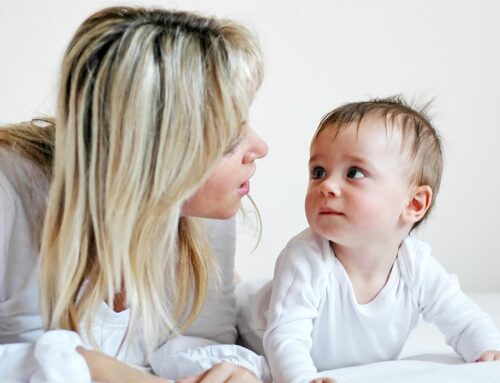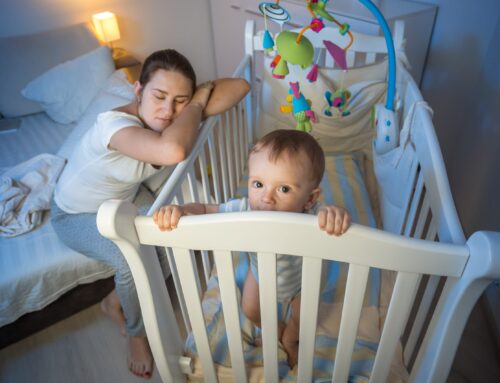The Montessori Method: Setting Up A Bedroom
Hello new parents! Have you heard about the Montessori approach for baby rooms? It’s a great way to create a simple and calming environment for your little one, and it won’t cost you a fortune. The idea is to create a “second classroom” for your baby, where they can learn to be independent and self-sufficient. The Montessori approach encourages less is more, so don’t feel like you have to go out and buy a lot of furniture, toys, or gadgets.
All of this will eventually become points of reference for your child. Avoid anything that hinders or restricts your child’s movements or exploration and anything that might cause over-stimulation. For example, playpens, cribs or baby boxes. Keep away or remove anything you do not want them touching, baby proof the room. For example, any household chemicals are kept away, curtain cords are tied, electrical wires are hidden, tall furniture or shelving is secured to the walls, windows are locked, etc.
So what does a Montessori baby room look like? First, let’s talk about the sleeping area. Your baby will start off in a Moses basket or Cestina, which can be placed on the floor bed from birth until they grow out of it or are 3 months old. it’s a small, portable bed for your baby, perfect for naps and nighttime sleep. You can move it from room to room, so you can keep an eye on your little one no matter where you are. Later, you can move your baby to a floor bed, which is just a 6-inch mattress on the ground.
You can add edges or frames to the bed if you prefer, but make sure they’re made of natural materials like wood. Babies rarely fall off the bed as they often feel when they reach the edge of the bed. In case they do fall off, they won’t get hurt as it’s very close to the ground. The reason for a floor bed is to let your baby easily get in and out and explore their surroundings. For example, when your baby is awake and ready to learn and play, let them have at it! Give them access to toys and activities, and when they’re tired they’ll find their way to bed on their own. When it comes to materials, stick with the natural stuff – think cotton sheets, wooden beds, and rugs made of natural fibres. This makes for a safe and comfortable environment for your little one.
The American Academy of Pediatrics recommends having the baby sleep in your room for 6-12 months, but you can also have a separate bed in the baby’s room for nap times or bedtime.
If you can uncomfortable with the idea of a floor bed, move your baby from a crib to a toddler bed when they are able to independently move in and out of the bed. This usually happens from 12 – 16 months.
During the day, a topponcino is used. This is a soft, quilted cushion used to reduce stimulation for your baby. It’s super helpful during sleep routines and can be placed in the moses basket or on the floor bed when you’re moving the baby from your arms to their sleep area.
Now let’s talk about the play area. A Montessori bedroom creates a play area for your little one where they can explore and learn while being safe at the same time. Here are some tips for you:
- Movement mat: This could be a comfy cotton rug or mat where your baby can chill and stretch their arms and legs or check themselves out with a horizontal mirror. You can even move this to a different spot once your baby starts crawling.
- Horizontal mirror: This is a cool way for your baby to learn about their body and how they look.
- Mobile hanger: Hang a mobile in the play area to keep things interesting, but keep the sleeping area calm and distraction-free.
- Low shelf for activities: Your baby can play and explore with books or simple activities while crawling or moving around.
- Basket of fun stuff: Fill a basket with different objects for your baby to play with, just make sure everything is safe to use without adult supervision.
- Art and pictures: Put up some family pics, plant/animal/scenery pics, or other artwork that your baby can see easily from their floor bed or any other spot in the room. This will give them something to look at and make reference to.
If you don’t have enough space in the room, don’t worry, you can find another safe spot in the house for your baby to move around in.
The last section of the room is the changing area. Here’s what you need:
- Changing pad – This can be placed on the floor or at hip height (just remember to hold your baby while they’re at a raised height). When you’re not using it, put it away.
- Storage – In Montessori, shelves and baskets are left open so your baby can easily see and access their toys and clothes. This encourages them to dress independently.
- Wooden stool – When your baby can sit up with or without support (usually around 9 months), you can use a wooden dressing stool. It should be high enough for their feet to touch the ground.
As your child grows, they may not want to lie down for diaper changes, so you can change them while they’re standing or sitting on the stool.
If you have any questions about Montessori sleep training, check out our blog post. Stay tuned, we’ll also cover some common sleep questions from parents and how to set up other rooms in the Montessori style!
